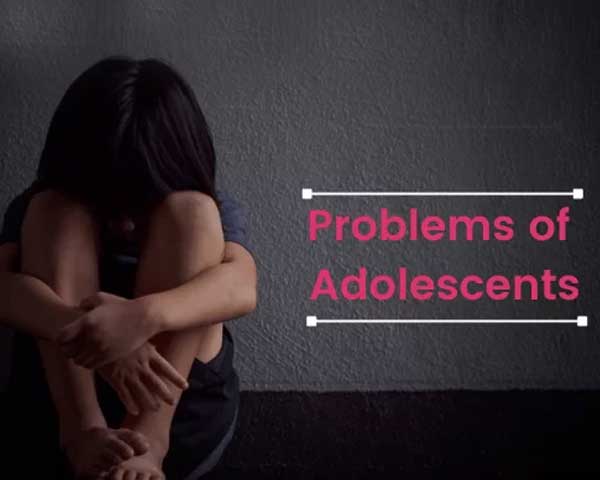Adolescence is a critical and transformative period in a person's life, marked by physical, emotional, and social changes. While many adolescents navigate this period smoothly, some may face various challenges. Here are some common adolescent problems and their details:
Identity and Self-Esteem Issues:
- Adolescents often grapple with questions related to their identity, self-worth, and self-image.
- The search for identity may involve exploring personal values, beliefs, and understanding one's place in the world.
Peer Pressure:
- Adolescents may face pressure from peers to conform to certain behaviors, attitudes, or norms.
- Peer pressure can influence decisions related to academics, relationships, and even risky behaviors.
Mental Health Concerns:
- Adolescence is a vulnerable period for the development of mental health issues, such as anxiety and depression.
- Academic stress, family issues, and social pressures can contribute to mental health challenges.
Bullying:
- Bullying, whether in-person or online, is a significant problem during adolescence.
- It can have severe consequences on mental health and may lead to social isolation or, in extreme cases, self-harm.
Academic Stress:
- Pressure to perform academically, along with the uncertainty about the future, can contribute to stress and anxiety.
- Balancing academic demands with extracurricular activities and personal life can be challenging.
Substance Abuse:
Some adolescents may experiment with or develop dependencies on substances like alcohol or drugs.
- Substance abuse can lead to physical and mental health issues and negatively impact academic and social functioning.
Body Image and Eating Disorders:
- Adolescents may struggle with body image concerns, leading to the development of eating disorders such as anorexia or bulimia.
- Societal expectations and media influences can contribute to unrealistic body standards.
Sexual Health and Relationships:
- Adolescents navigate the complexities of developing romantic and sexual relationships.
- Issues may include consent, safe sex practices, and understanding emotions associated with relationships.
Family Conflicts:
- Changes in family dynamics, coupled with adolescents seeking independence, can lead to conflicts.
- Communication breakdowns may occur as adolescents strive for autonomy.
Technology and Screen Time:
- Excessive screen time, social media use, and exposure to online content can impact mental health and contribute to feelings of inadequacy.
Addressing adolescent problems requires a holistic approach involving parents, educators, healthcare professionals, and the adolescents themselves. Open communication, empathy, and providing a supportive environment are crucial in helping adolescents navigate these challenges successfully. If problems persist or worsen, seeking professional help, such as counseling or therapy, may be beneficial.
